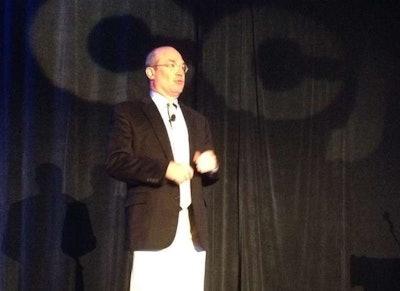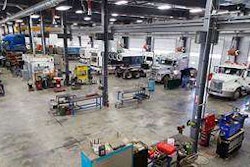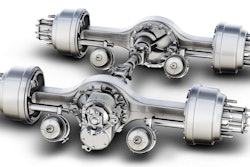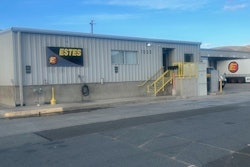Many in the transportation industry know Donald Broughton for his quarterly tracking of trucking bankruptcies. The 28 years of data he has collected show a very predictable formula: bankruptcies increase whenever fuel prices go up.
 Donald Broughton, managing director of Avondale Partners, spoke at the CCJ Summer Symposium in LaJolla, Calif.
Donald Broughton, managing director of Avondale Partners, spoke at the CCJ Summer Symposium in LaJolla, Calif.Companies may still be marginally profitable but go broke because they run out of cash. When fuel prices go up at the same time demand drops then failures increase more dramatically. Such was the case in 2000 and in 2008.
Failures also follow a seasonal pattern; they spike in the first quarter and taper off in the second, third and fourth quarters.
In 2013, for the first time in 28 years, these formulas didn’t work. The number of bankruptcies increased every quarter as diesel prices and freight demand were steady.
“That is the exact opposite of what you would expect from normal seasonality,” said Broughton, managing director of analyst firm Avondale Parnters during the CCJ Summer Symposium on Wednesday, June 25, in LaJolla, Calif.
Intrigued by this anomaly, Broughton called many of the carriers who had closed their doors last year. With few exceptions they told a similar story. At some point during the past 12-18 months they were audited by the Federal Motor Carrier Safety Administration.
The results from the audit forced them to use electronic logs. In turn, fleets saw their utilization drop eight to 10 percent. With fewer miles, driver pay went down and turnover increased. In many cases the fleets did not have enough drivers to fill 10 to 15 percent of their trucks.
“The net result of regulation was forcing people out of business and constraining capacity even further,” he said. The anomaly seems to be continuing into this year. In the first quarter of 2014 more than 10,000 trucks were taken off the road due to bankruptcies. The good news, he said, is that “the survivors are going to get paid and get paid now.”
On the other hand, Broughton said that fleets tend to become more productive and efficient over the long run by using electronic logs. Broughton collects data from a number of fleets that have implemented the technology. His findings show that utilization falls by nearly three percent, on average, during the first quarter of use.
This initial adjustment period is too difficult for some carriers to recover from. After six quarters of use, his data shows a net increase of utilization of three percent from pre-EOBR levels. The technology gives fleets the opportunity to use real-time information in their planning process and learn to operate more efficiently, he said.
Broughton also discussed a number of economic and transportation trends that lead him to be optimistic about the future. They include high growth in e-commerce, fracking and intermodal freight. Capacity shortages are also raising pricing power for carriers. He predicted that the United States will rise to become the manufacturing hub of the world during the next 20 years by its having the cheapest and longest-lasting supply of energy along with the best technology in the world.
As the worldwide leader in fracking technology, the United States has increased the worldwide supply of crude oil by 10 percent and natural gas by 32 percent, he said.












